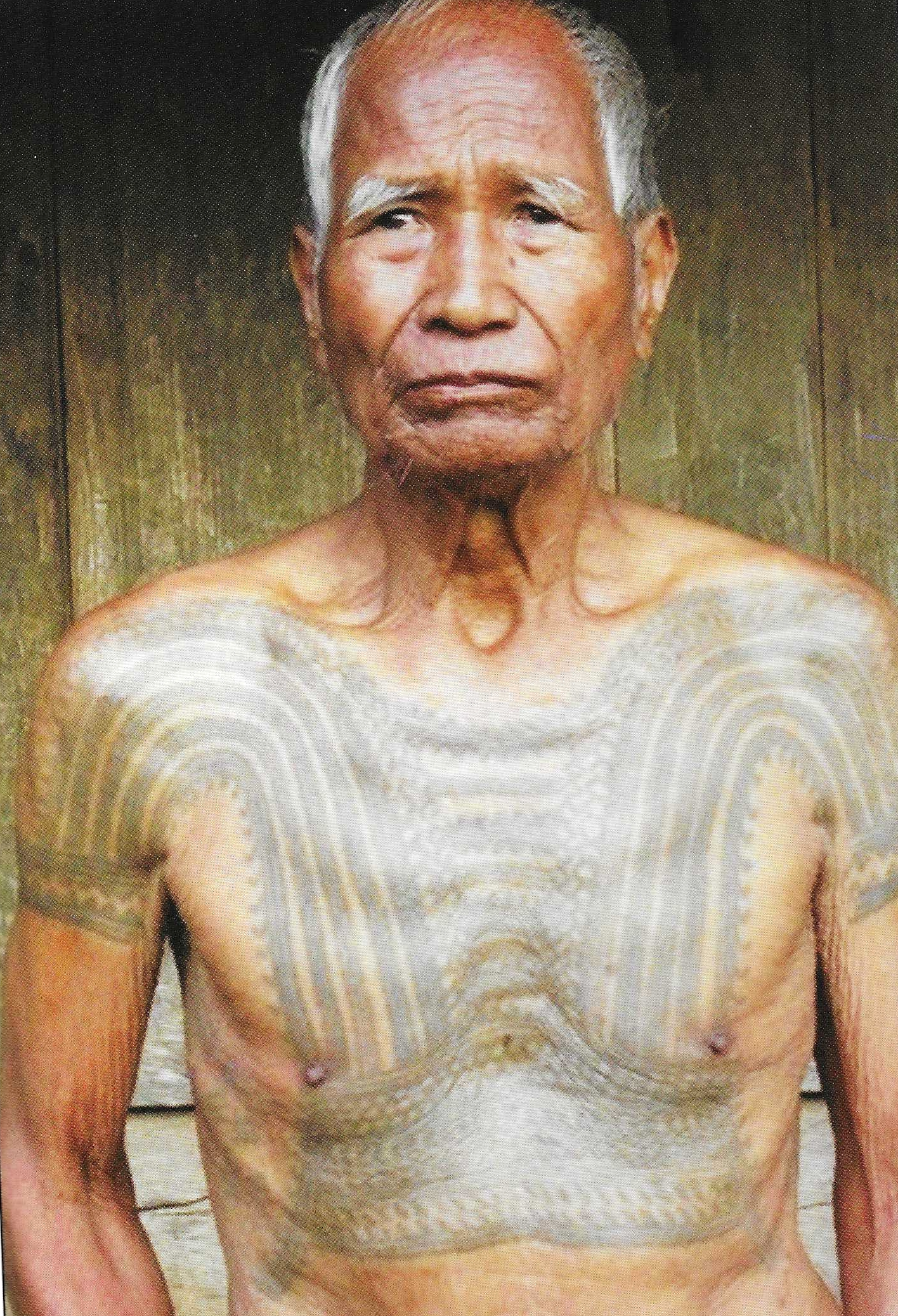
4 minute read
Roots and Wings Q4 2024
FROM PINTADOS TO THE COVER OF VOGUE
Text by Charmaine Taus
Tattooing isn’t a modern trend. It’s an enduring global tradition. From Ötzi the Iceman, the 5,000-year-old mummy who bears over 60 tattoos, to the Filipino pintados, body art has long been woven into human history. Filipino tattoos, in particular, are deeply rooted in the broader austronesian culture, which shares Pacific mythologies, including the demigod maui seen in Disney’s “moana.” as we delve into Filipino tattooing, we uncover how it connects not only to local identity but to a larger web of cultural traditions across the austronesian region.
Yesterday: The Tattoo Tradition of the Pintados
In pre-colonial Philippines, the Visayan people, later called pintados by the spanish, adorned their bodies with tattoos symbolizing status, tribal affiliation, and war accomplishments. These marks were far more than decoration; they embodied a warrior’s achievements, worn proudly as part of their identity. This practice was not unique to the Philippines. across the austronesian region, from Taiwan to new Zealand, tattoos served similar roles, often involving animal motifs like birds or snakes. as we explore variations in Filipino tattooing, we see that even within the Philippines, different regions had distinct traditions. In the Visayas, tattoos were called patik or batok, while in Luzon, we use batek or buri. beyond decoration, tattoos often provided spiritual protection. symbolism was crucial—centipedes represent defense, snakes equal rebirth, and birds symbolize godly guidance. Tattoo placement also carried meaning: chest tattoos represented bravery, while lower abdomen tattoos in manobo women signaled fertility.
An intriguing aspect of this practice was the use of calamansi thorns in tattooing. more than just tools, the thorn’s scent was believed to ward off evil spirits, adding another layer of protection. early Filipinos literally embedded their skin with a combination of ink and spiritual safeguard.
Today: Ancient Methods, Modern Interpretations
The methods and vocabulary of tattooing in ancient Philippines were as symbolic as the designs themselves. Traditional hand-tapping, done with a mallet, bone/ thorn/bamboo needles, and charcoal-based ink, was more than its technicalities. It was a communal event accompanied by chanting, meditation, and offerings to ancestors (alay sa mga anito).
Fast forward to today: Filipino tattooing is experiencing a revival. apo whang- od, a centenarian and traditional mambabatok from the Kalinga tribe, graced the cover of Vogue Philippines in 2023, becoming a beacon of this re-newed interest. Her fame has drawn tourists from around the world to her village in buscalan for hand-tapped tattoos. It has also sparked debates about the commercialization of what were once sacred tribal markings.
As modern interpretations of traditions evolve, I’d ask: can something so steeped in history and spirituality survive in today’s world?
Tomorrow: The Future of Filipino Tattoos
while the original purposes of Filipino tattoos—such as marking victories in headhunting—have faded, the art form remains a powerful symbol of identity, pride, and cultural heritage. whether applied by a traditional master like Whang Od or in a modern studio using machines, they serve as living links to a collective ancestry.
The global resurgence of Filipino tattooing, both in the Philippines and abroad, is being led by artists like grace Palicas, whang- od’s grandniece, and Fil-am tattooer Lane wilcken. These artists not only continue the hand-tapping techniques, but also focus on educating younger generations about their cultural roots.
In this growing movement, some artists blend traditional motifs with modern elements: baybayin script, the eight-point Filipino sun, and Polynesian patterns. Yet, this surge in popularity raises important questions about cultural/lateral appropriation. after all, not every tribal design is simply aesthetic; many carry deep meanings that deserve respect.
As the spotlight shines on Filipino tattooing, the focus shifts from revival to preservation. How can artists balance honoring ancient practices while embracing creative modernity? This tension between tradition and innovation is at the heart of the conversation today
Filipino tattoos are more than just ink on skin. They are living history, carrying the stories of the pintados into the present. as the Filipino tattoo renaissance continues to grow, these designs stand as a testament to the resilience of cultural practices that have endured colonization and modernization.



